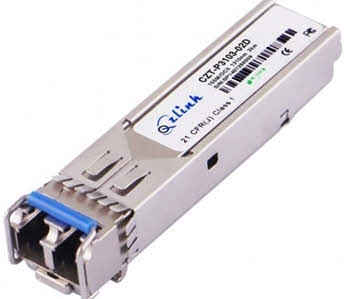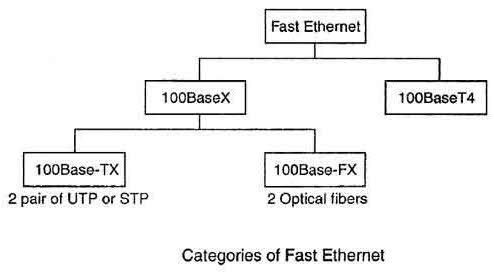100BaseFX networks are a standard for Fast Ethernet, based on 802.3u. Find out more by reading the full article.
What is 100Base-FX?
A type of standard for implementing Fast Ethernet networks. 100BaseFX is a version of Fast Ethernet that is often used for wiring campus backbones.
100BaseFX is based on 802.3u, which is an extension of the 802.3 specifications of Project 802 developed by the IEEE. 100BaseFX and a related standard, 100BaseTX, are sometimes collectively referred to as 100BaseX.
How 100BASE-FX work?
100BaseFX networks are wired together in a star topology using fiber-optic cabling and 100-Mbps fiber-optic hubs or Ethernet switches. The maximum length of any segment of fiber-optic cabling connecting a station (computer) to a hub is 412 meters. The grade of fiber-optic cabling used is usually two-strand multimode fiber-optic cabling, with one strand carrying transmitted data and the other strand receiving data. However, you can also use two-strand single-mode fiber-optic cabling. If multimode fiber-optic cabling is used, the variety used is typically a grade with a 62.5-micron core diameter. Repeaters can be used to extend the length of cabling and for interfacing between 100BaseFX/TX and 100BaseT4 segments. The maximum allowable distances with repeaters are 2 kilometers using multimode fiber-optic cabling and 10 kilometers using single-mode fiber-optic cabling. Only one or two repeaters can be used per collision domain, depending on whether Class I or Class II repeaters are used.

100BASE-FX today
Although 100BASE-FX was developed in the mid-1990s, it is still in use today, when we also have Gigabit and 10-Gigabit available. Why? One reason is that 100-FX has the longest range over multimode fiberoptic cable of any Ethernet technology. While 100-FX can reach two kilometers using any quality of multimode fiber, the Gigabit maximum range is 550 meters, and 10-Gigabit maximum range is 300 meters on only the highest-quality multimode fiber.
Fiberoptic cabling provides several benefits over copper cabling: noise immunity, no electromagnetic emissions, and it is difficult to tap or eavesdrop, in addition to supporting long distances. There are two types of fiberoptic cabling: multimode and singlemode. Multimode fiberoptic cabling is much less expensive than singlemode, although singlemode fiber provides greater distances. The 100BASE-FX standard specifies multimode fiber as the transmission medium.
Because 100-FX operates over multimode fiber and reaches distances up to two kilometers, there continues to be widespread use of 100-FX as a cost-effective way to extend Ethernet networks.
Two goals that networking standards bodies struggle to achieve are speed and distance. Ethernet keeps evolving to speeds that are 10 times faster than the previous generation. And fiberoptic cabling allows networks to reach distances far greater than the standard 100 meters supported by copper cabling.
TIP
When using 100BaseFX with repeaters for backbone cabling runs, Ethernet switches cannot be more than 412 meters apart when running in half-duplex mode and 2 kilometers apart when running in full-duplex mode.

See also:
100Base-TX to 100Base-FX Converter
This converter is a Multi-Mode SC-Type fiber converter spanning distances up to 2km (1.2 miles). Ports include 1 x 10/100Base-TX (RJ-45) port and 1 x 100Base-FX fiber port (SC-Type).
There are other models for Gigabit Lan or for distances up to 60Km.
Analyzing dozens of reviews from Amazon users, undoubtedly the best 100Base-FX Converter is TRENDnet 100Base-TX to 100Base-FX Multi Mode SC Fiber Converter. There are several models, depending on the type of network, ethernet or Gigabit, or the distance you want to reach, up to 2Km, 20Km, 30Km or 60Km. You can check the latest price on Amazon here.